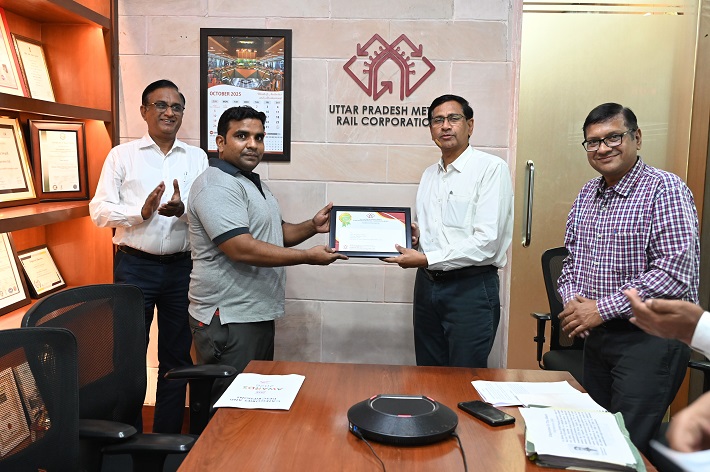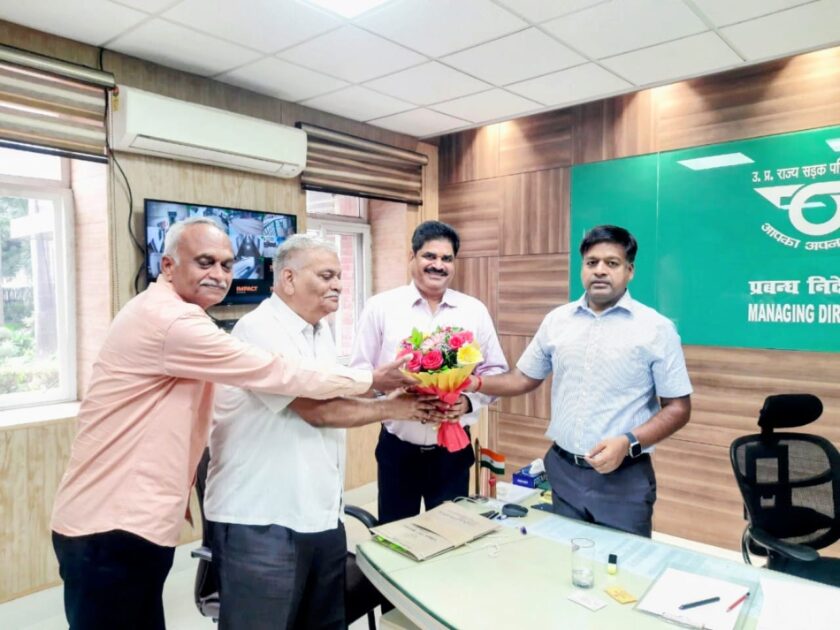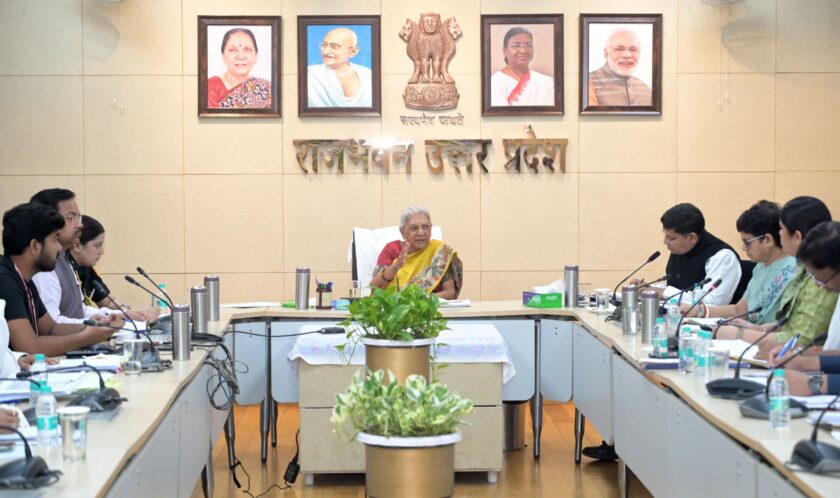BENGALURU: The Indian Space Research Organisation (ISRO) has commenced the assembly of the Human Rated Launch Vehicle Mark-3 (HLVM-3) for the inaugural uncrewed flight of the Gaganyaan mission. The announcement was made coinciding with the 10th anniversary of the LVM3-X/Crew Module Atmospheric Re-Entry mission.
The assembly process began at the Satish Dhawan Space Centre (SDSC), where the S200 motor’s nozzle-end segment was stacked with a full flex seal nozzle at 8:45 a.m., marking the formal start of the HLVM3-G1 / OM-1 mission. This will be the first step in assembling the segments, control systems, and avionics, which will be followed by repairs to the S200 motors.
The crew escape systems have already been received at SDSC, and the integration of the personnel and utility modules is underway. The personnel module is being integrated at the Vikram Sarabhai Space Centre (VSSC), while the utility module is being integrated at the UR Rao Satellite Centre (URSC). The Orbital Module (OM) will undergo level integration and tests at URSC.
Additionally, the crew module, which was part of the pre-project activities for the Gaganyaan human spaceflight program, was successfully recovered from the Bay of Bengal by the Indian Coast Guard on December 18. On the same day, the LVM3-X mission executed its inaugural flight, elevating a personnel module weighing 3,775 kg to a suborbital altitude of 126 km. The successful re-entry was aided by the use of thrusters.

The data collected from the LVM3-X/CARE mission has been instrumental in refining the human spaceflight program. It has provided valuable insights into the design of the crew module and informed subsequent tests, including the pad abort and air-drop tests, along with test vehicle flights.
ISRO has also finalized the human-rating of LVM3, ensuring that all systems are tested for enhanced reliability. The Crew Escape System (CES), which ensures the safety of the crew during atmospheric flight, is a critical part of the mission’s success. The data from the uncrewed flights will play a crucial role in the success of future piloted missions.
The Gaganyaan program is expected to provide valuable experience for India’s long-term goals, including the establishment and operationalization of the Bharatiya Antariksh Station (BAS). The HLVM3, a three-stage vehicle capable of transporting a 10-ton payload to Low Earth Orbit (LEO), is 53 meters tall and weighs 640 tonnes. The final inspections of the personnel module and associated systems are ongoing in preparation for the vehicle’s launch.






